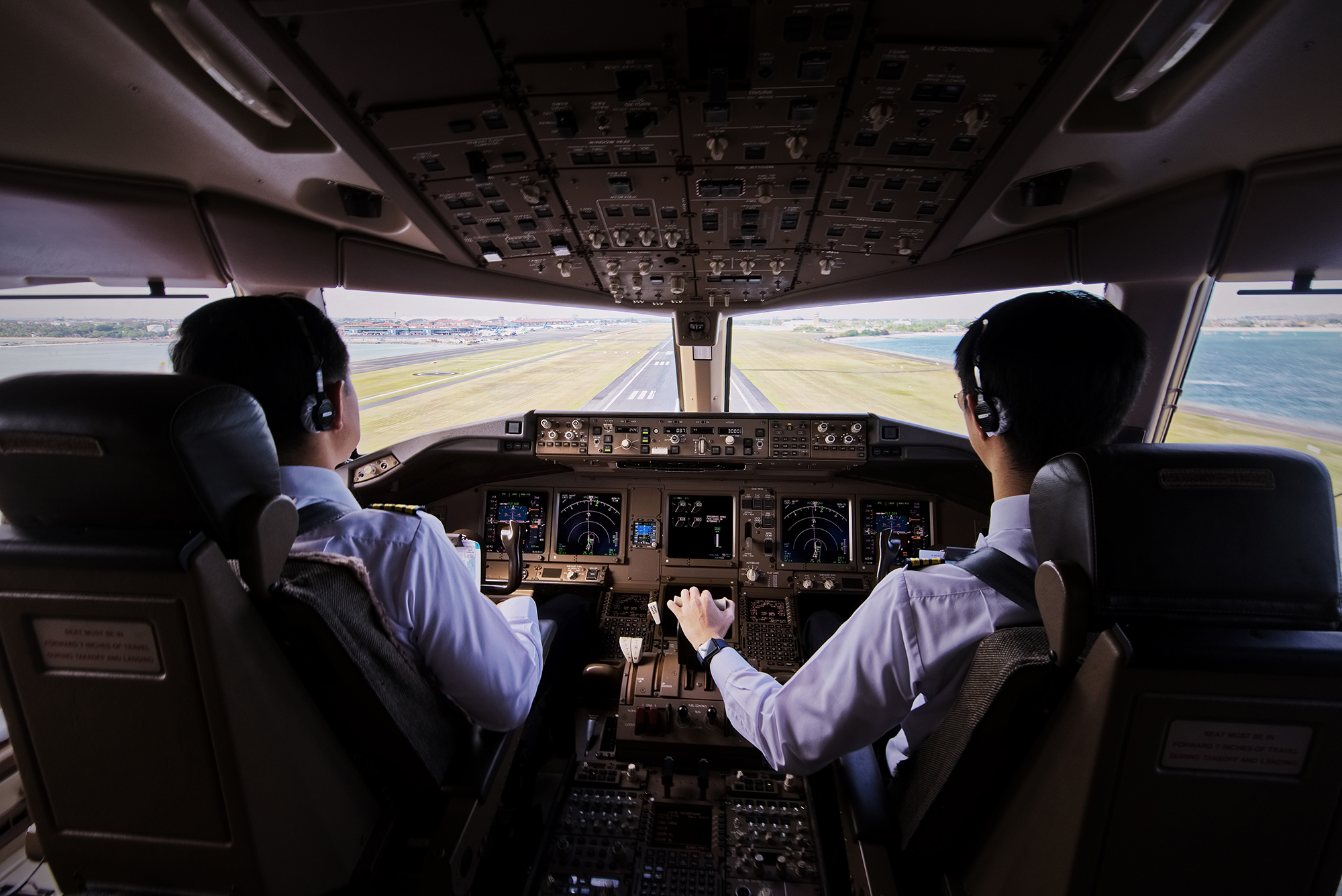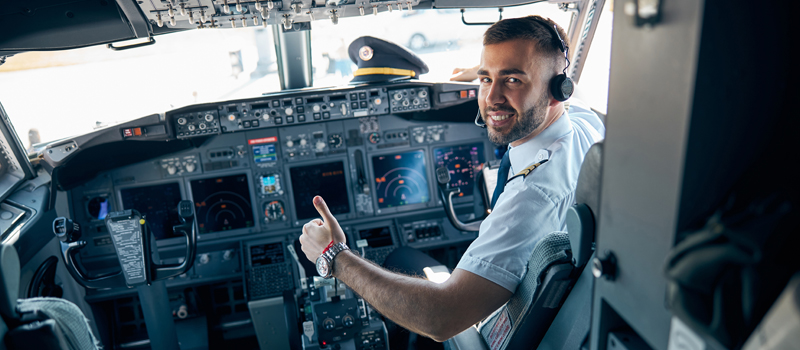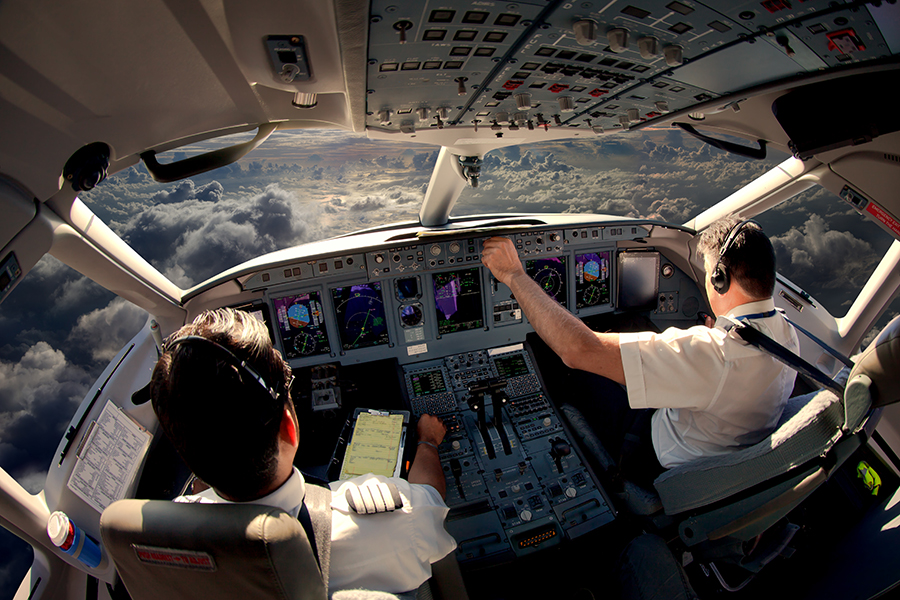Flying privately is expensive. The cost of renting an aircraft, fuel, landing fees, and much more adds up very quickly. With the widespread sharing of the cost of a taxi or fuel on a road trip, it makes sense that private pilots would try to apply this to a flight.
This practice shifts a private flight closer to the line of a commercial operation, however. Because of this, the Federal Aviation Administration (FAA) has implemented guidelines on using cost-sharing. These guidelines are tricky to understand and have been a source of confusion for many pilots.
This article will provide you with practical information to ensure that you are able to use cost-sharing to legally reduce the cost of your flight – without any ambiguity.
What is Pro-Rata Cost Sharing?
14 CFR 61.113 (c) states that “A private pilot may not pay less than the pro-rata share of the operating expenses of a flight with passengers, provided the expenses involve only fuel, oil, airport expenditures, or rental fees”.
This regulation means that if, for example, you carry three passengers (meaning four people total are on board), you are required to pay at least 25 percent of the operating expenses – which may only include fuel, oil, airport expenditures, or rental fees. If you pay less than 25 percent, the FAA considers you to have flown for compensation, which is not allowed on a private flight.
If you own your aircraft, you can only divide the cost of fuel, oil, or airport expenditures. Other expenditures such as aircraft maintenance or insurance fees cannot be divided. If you rent an aircraft, these expenditures are generally factored into the rental price (which may be divided). Therefore, cost-sharing makes more financial sense when renting an aircraft than owning it, as the pilot will have to absorb the extra costs of aircraft ownership versus splitting the rental price.
While the 14 CFR 61.113 (c) forms the basis of pro-rata cost-sharing, there is a multitude of caveats to this rule. The FAA published Advisory Circular 61-142 in 2020 to clarify some of the previous ambiguities and provide clear guidance on the practice of pro-rata cost-sharing.
Private Carriage Versus Common Carriage

The FAA makes an essential distinction between private carriage (e.g., flying with your friends) and public carriage (e.g., flying with an airline).
Common carriage is conducted when a pilot or operator “holds out” a willingness to:
- Transport persons or property,
- From place to place,
- For compensation or hire.
If all three of these conditions are met, it is considered a common carriage (i.e., “commercial”) flight.
Holding Out
You may have noticed the phrase “holding out” in the FAA’s definition of common carriage. If you were confused by this phrase, you’re not alone. The definition of holding out is vague and requires examples to explain.
The idea of “holding out” is that pilots are only allowed to solicit others to share expenses within a limited and defined group.
AC 61-142 provides examples of when operators are considered to be “holding out” (i.e., not soliciting within a limited and defined group):
- Agents or salespeople who sell tickets.
- Printed advertising: Confusingly, according to AC 61-142, a poster at a Fixed-base Operator (FBO) is acceptable.
- Email: This is another grey area. While you may contact a group of people through email, the FAA may deem you to be holding out if you cast the net too wide.
- The Internet: This is pretty self-explanatory as the internet does not comprise of a limited and defined group (a Facebook page does not count).
To provide a practical example, if you use your aircraft to travel to work and ask a coworker who commutes the same route if they want to fly with you and save time while sharing expenses, you’re fine. However, if you advertise an open seat on the route, you are considered to be “holding out”.
Common Purpose

The “common purpose” rule is often overlooked when it comes to pro-rata cost-sharing because it is not included in 14 CFR 61.113 9 (c).
As AC 61-142 states, the FAA interprets 14 CFR 61.113 (c) to mean that the pilot must “have a common purpose with his or her passengers”.
To test whether you satisfy the “common purpose test”, ask yourself, “Who is picking the destination? Me or my passengers?”
To pass the common purpose test, you must have your own reason for flying to the destination.
AC 61-142 provides many examples of a pass or fail of the common purpose test. To summarize these examples:
- If you are flying to a destination for your own reason, you may share costs with passengers who also have their own reason for needing to go to the destination.
- If you are flying to a destination and your passengers share the same reason for going to the destination, you may share costs.
AC 61-142 provides a noteworthy example of a pass and fail of the common purpose test:
Seven members of a running club, one of whom is a pilot, are participating in a race and they rent a four-seat aircraft to travel to the event. The pilot has to make two flights each way to transport all seven members. The pilot shares a common purpose with the passengers only in the first flight. This is because following the first flight the pilot would be at his destination and able to participate in the race. The second trip fails the common purpose test because the pilot has already achieved his purpose for the flight, i.e., getting to the race location to participate. Any additional trips would be solely for the reason of transportation of the additional members of the running club, and no common purpose would exist. Therefore, the pilot would only be able to share expenses with the first group of passengers.
What If I Have a Commercial/ATP License?
If you have a commercial or ATP license, you are allowed to fly aircraft for compensation. This does not mean that you can charge your passengers on a private flight, however. When an aircraft is flown for compensation, an operator’s certificate issued under Part 119 is usually required, and you will have to operate under the regulations of Part 121 or 135.
14 CFR 199.1(e) details exclusions to this rule which include flight instruction, ferry flights, crop dusting, and banner towing, among others.
In other words, if you hold an ATP or commercial certificate but are not flying under Part 121 or 135, you are effectively exercising private pilot privileges and must adhere to the pro-rata cost-sharing regulations.
Conclusion
Sharing costs can be a great way to turn an expensive trip into an efficient one. While the FAA allows you to do this, make sure that there is no doubt that your trip satisfies the requirements of 14 CFR 61.113 9 (c) and AC 61-142. If you have doubts about the legality of sharing expenses, buy peace of mind and pay for the flight. No amount of money is worth losing your license!


 @pilotinstituteairplanes
@pilotinstituteairplanes


